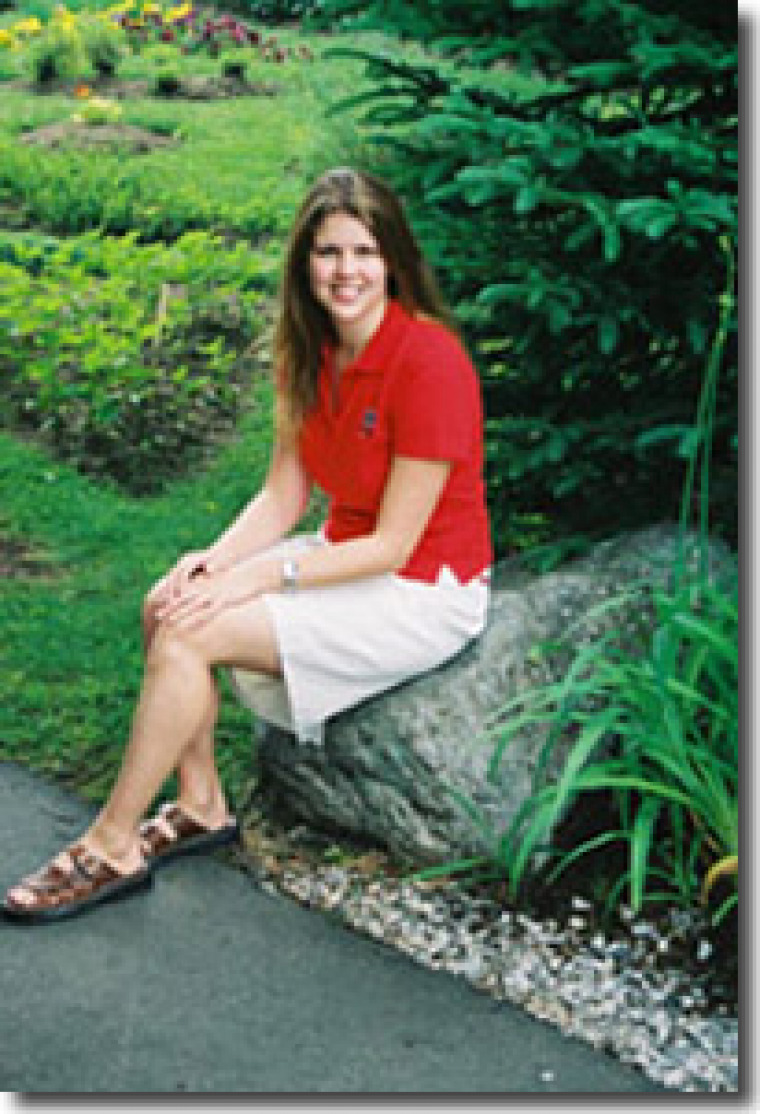Theresa Mau-Crimmins, co-sponsored by the University of Arizona School of Renewable Natural Resources
In an effort to narrow the gap between scientific research being performed at the University level and the general American public, I would work with several University of Arizona Cooperative Extension Agents and Weed Management Areas (WMAs) in the state of Arizona to develop AGTIPS (Applying Geospatial Technologies to Invasive Plant Species), a program applying the use of geospatial technologies including global positioning systems (GPS), geographic information systems (GIS), and remote sensing to the study and management of invasive plant species. This project would involve:
-- the development and facilitation of a series of workshops for Weed Management Area volunteers and personnel as well as University of Arizona Cooperative Extensive Agency employees on the use and application of these technologies to the study of exotic plant extent and spread.
-- hands-on demonstrations of geospatial tools including GPS and GIS occurring at the WMA's meeting time and place.
-- demonstration of the application of remote sensing techniques to noxious weed mapping and management.
-- the development of a project website, hosting information from past workshops, dates of future workshops, weed management techniques, and links to pertinent WMA information.
This project would help to narrow the gap between the "haves" and "have nots" in geospatial technologies at the convenience of those learning the technologies. This project will increase awareness among extension agents, ranchers, and the general public of not only these tools, but the NASA Space Grant in general.
Numerous studies have demonstrated the devastating effects of noxious weeds on the native deserts of the southwest. These species' rapid spread have been linked with decreasing species richness in native grasslands and larger, hotter fires not indigenous to these deserts (Bock et al. 1986). These weed species are also responsible for disrupting watershed function and nutrient and energy flow, decreasing soil and site productivity, and diminishing the aesthetic value of native landscapes (Onken 2001). Finally, noxious weeds do not provide adequate cover or food for the birds, reptiles, and insects of this area (Van Devender and Dimmitt, 2000). Additionally, it is predicted that invasive species will continue to spread and squeeze out native species under changing global climate conditions (IPCC, 2001). The study of biodiversity and alterations in species' ranges in a changing climate are important issues recognized by NASA.
Weed Management Areas are local organizations that bring together landowners and managers (private, city, county, State, and Federal) in a geographical area to coordinate efforts and expertise against common invasive weed species (California Weed Management Areas, 2002). "The purpose of...a WMA is to facilitate cooperation among all land managers and owners to manage a common weed problem in a common area....WMAs have similar characteristics such as geography, weed problems, climate, common interest, or funding support" (Bureau of Land Management et al., 2000). The individuals comprising WMAs are often dedicated, hard-working individuals, volunteering their free time in an effort to eradicate a particular noxious plant. Because they often come from a wide variety of backgrounds, they commonly do not have expertise or even experience with geospatial tools.
Dr. Barron Orr, the Geospatial Extension Specialist for the University of Arizona, has provided several University of Arizona Extension offices with Garmin III GPS units and GPS instruction as well as introductory training in GIS (K. McReynolds, R. Grumbles, pers. comms., 2002). The workshops to be developed as a part of AGTIPS would enhance this initial training provided to extension agents by integrating the technologies into the existing Weed Management programs. Extension agents and WMA participants alike would enjoy exposure to and instruction on GPS and GIS technologies. The specific application of mapping invasive species would foster teamwork by introducing many individuals to the hardware and software functions simultaneously. The repetitive task of mapping plants' extents would promote familiarity with GPS and GIS, in a step toward integrating the technology into daily activities. As Ms. McReynolds, University of Arizona Extension Natural Resources Area Agent for Cochise, Graham, and Greenlee Counties, stated, "we need to work on these skills continually, we don't use them [GPS and GIS] all the time." Additionally, not all of the WMAs currently have global positioning systems available to them. I would assist them in finding and applying for grants to obtain this equipment.
The hands-on workshop series to be administered at the various WMA meetings would cover topics such as how to use GPS in the field to collect data, how to download the GPS data to a computer, how to get the GPS data into a GIS, and how to manage it within the GIS. A number of the extension agents involved with this project have access to or currently own ESRI's ArcView GIS (K. McReynolds, R. Grumbles, pers. comms., 2002). Accordingly, ArcView will be the software of choice for workshop demonstrations. However, because not all extension offices own ArcView or other GIS software and other interested WMA volunteers likely do not have access to ArcView GIS, ESRI's ArcExplorer, a free GIS-viewing software package will be utilized. ArcExplorer reads ArcView shapefiles and allows users to view and query data layers. This would provide interested WMA volunteers the ability to be involved without having to spend several hundreds of dollars on expensive software. A workshop series consists of one workshop presented to each of the WMA groups. The AGTIPS program would consist of three to five series.
Other GIS operations to be covered include querying data, editing tabular data, importing other datasets, and merging shapefiles. The examples will be appropriate to managing WMA data, but it will be emphasized that these operations could easily apply to other types of spatial data as well. Depending on the skill level and interest of the workshop participants, more involved GIS functions may also be covered. These topics could include exporting data to other formats, discussing data projections, and raster modeling (ie, site selection). It will be explained that the ArcView Spatial Analyst Extension is necessary for raster operations, and that this is an additional cost.
If time and interest permit, a final workshop series would cover introductory remote sensing concepts and techniques. Topics to be briefly covered in a one-to two-hour session include the discussion of airborne and satellite sensors; how data are collected at different wavelengths, far beyond what our eyes can distinguish; and the spectral resolution of different sensor data. I will then discuss how these spectral data can be used in land cover classifications and will present the results of a concurrent project, mapping the current extent of Lehmann lovegrass (Eragrostis lehmanniana). WMA volunteers will be invited to participate in the ground-truthing of this land cover classification. If volunteers express interest, they will be asked to provide an area of the state (lat-long coordinates, legal description, etc.) that they would be willing to ground-check. I will match their given area to the lat-long coordinates of previously randomly selected points to be used in the error evaluation of the land cover classification. Interested individuals will be provided with coordinates of points to check as well as detailed instructions for how to record their findings. Mr. Dean Fish, University of Arizona Agriculture and Natural Resources Agent for Santa Cruz County, is particularly interested in and supportive of this aspect of the project.
An additional component of AGTIPS is the project website, to be housed on the University of Arizona College of Agriculture's server, ag.arizona.edu (R. MacArthur, pers. comm., 2002). This website would host information from past workshops, dates of future workshops, and links to pertinent WMA information. Additionally, the site will eventually host a web-based form for data submission for those individuals participating in the land cover classification error evaluation effort. A project website offers the advantage of being available at any time. Though not all members of the public served by the University of Arizona Extension offices have access to the internet from their homes, individuals do have the ability to access the website from the extension offices (D. Fish, pers. comm., 2002).
Several University of Arizona Cooperative Extension agents have expressed interest in the AGTIPS program (pers. comms., 2002). These individuals and the WMA's they represent are as follows:
-- Kim McReynolds - Sweet Resinbush and Karoo Bush WMA (Cochise, Greenlee and Graham Counties, AZ)
-- Rob Grumbles - Mohave County WMA (Mohave County, AZ)
- Chris Jones - Tonto WMA (Gila County, AZ)
-- Jeff Schalau - West Yavapai WMA (Yavapai County, AZ)
In addition, Dean Fish of Santa Cruz County is supportive of this project. According to these individuals, the opportunity to become more familiar with these tools is timely. Mr. Grumbles of Mohave County University of Arizona Cooperative Extension stated that the Mohave County WMA plans to discuss methods of mapping weeds and possibilities for GPS training at their next meeting (pers. comm., 2002).
This project, which would target several Weed Management Areas across Arizona for introduction and education in geospatial tools, would benefit University of Arizona Cooperative Extension agents and members of the general public alike. The specific application of these tools to the mapping and eradication efforts of noxious weeds would promote familiarity with GPS and GIS and would foster teamwork among the individuals involved. These methods will help to increase the efficiency of the WMAs in their mapping and monitoring efforts, allowing them to share data and information effectively within and among groups. As stated in A Resource Guide for Invasive Plant Management in the Sonoran Desert, "Organizations are most effective when their role complements, rather than overlaps, that of other organizations" (Sonoran Institute and The Nature Conservancy, 2001). By placing geospatial tools directly into the hands of those that work most intimately with the Earth and its natural resources, this project would also benefit the UA/NASA Space Grant program as a whole.
Throughout my studies and beyond graduation, as my schedule permits, I intend to volunteer my skills to nonprofit groups which may otherwise not have access to them. I have performed in-kind web-design and GIS consulting for non-profit land protection agencies in the past and have been rewarded with the ability to empower these organizations with ambitious goals and small budgets.
Beyond my doctoral studies, I desire a career in academia, the non-profit sector, or the private sector; I have not yet settled on a particular career. I am primarily interested in participating in and facilitating projects which support the holistic approach to ecosystem and land management. I also gain a great deal from sharing in others' learning. I do desire an occupation in which I interface with members of the public frequently, I know from past positions I have held that I gain a great deal from these interactions. A position with a university extension office may provide the unique balance between public interaction and research that I seek; I am anxious for the opportunities which await me upon graduation.
Fall 2003 Update
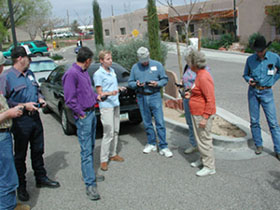 Working with Dr. Barron Orr, University of Arizona Geospatial Extension Specialist and University of Arizona Cooperative Extension Agents across the state, I have developed a series of workshops on applying global positioning systems (GPS) and geographic information systems (GIS) technologies to weeds management. With the assistance of Dr. Orr and external grant monies, we were able to obtain ten handheld computers (Compaq iPAQs), ten Garmin V GPS units, and ten copies of HGIS, a GIS software package specific to the iPAQ units. These units serve as a wonderful traveling classroom resource.
Working with Dr. Barron Orr, University of Arizona Geospatial Extension Specialist and University of Arizona Cooperative Extension Agents across the state, I have developed a series of workshops on applying global positioning systems (GPS) and geographic information systems (GIS) technologies to weeds management. With the assistance of Dr. Orr and external grant monies, we were able to obtain ten handheld computers (Compaq iPAQs), ten Garmin V GPS units, and ten copies of HGIS, a GIS software package specific to the iPAQ units. These units serve as a wonderful traveling classroom resource.
Together with Dr. Orr and other assistants from the Arid Lands program, I have presented several one- and two-day workshops across the state that have included participants from Yavapai County Cooperative Extension, the Yavapai Weed Management Area, the Tonto Basin Weed Management Area, Cochise/Graham/Greenlee County Cooperative Extension, Santa Cruz County Cooperative Extension, Yuma County Cooperative Extension, Bureau of Land Management, Audubon Appleton-Whittell Research Ranch, CDC-IMADES, The Nature Conservancy, US Fish & Wildlife Service, Gila County Roads Commission, and the Cochise/Graham/Greenlee County Master Watersheds Program. In addition, the materials I developed for these programs have been implemented in a variety of additional presentations in Arizona and outside of the state. Finally, I gave an invited seminar for the USDA Agricultural Research Service in Phoenix, AZ on GPS in April, 2003.
The most rewarding part of this experience has been that several of the groups have been taken enough by the technology to adopt it and integrate it into their everyday weeds management program. I have been invited back repeatedly to work with the Tonto Basin Weed Management Area and the Gila County Cooperative Extension groups. These groups have not only adopted the handheld computers and GPS technologies, but have been interested in working with the data in ArcView GIS on desktop computers. I am very encouraged by their enthusiasm, and am so happy to have played a role in their weed management efforts. My energy is now split between working with these groups and providing the assistance they presently need, and identifying ways that this program can be continued beyond my tenure as a UA/NASA Space Grant Fellow.


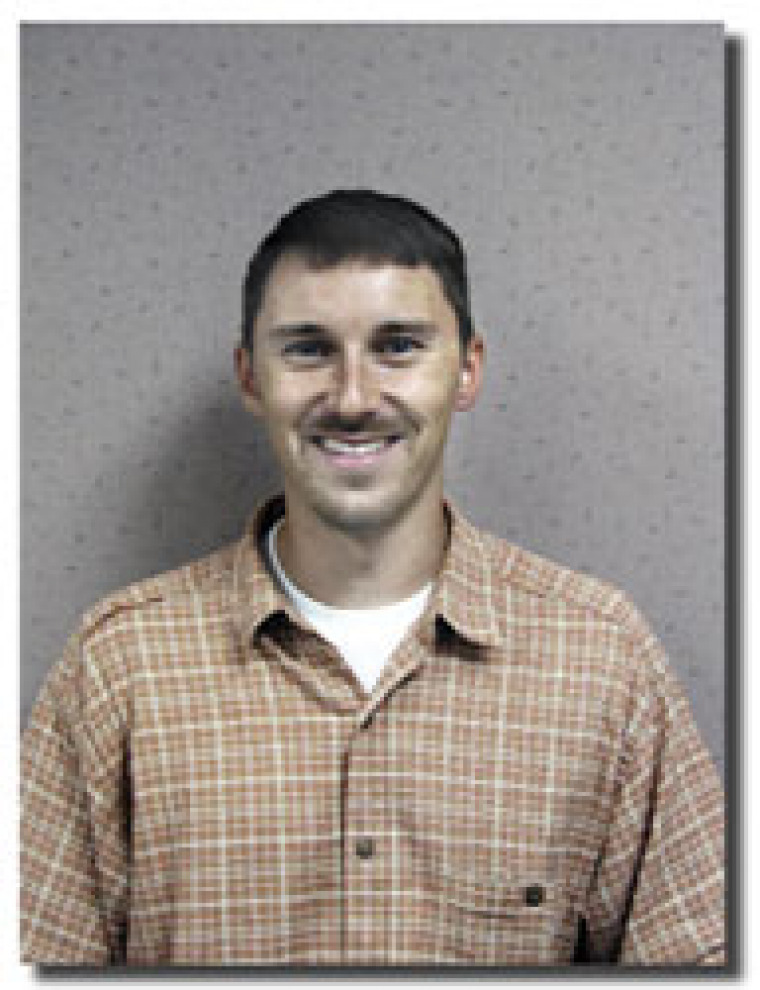
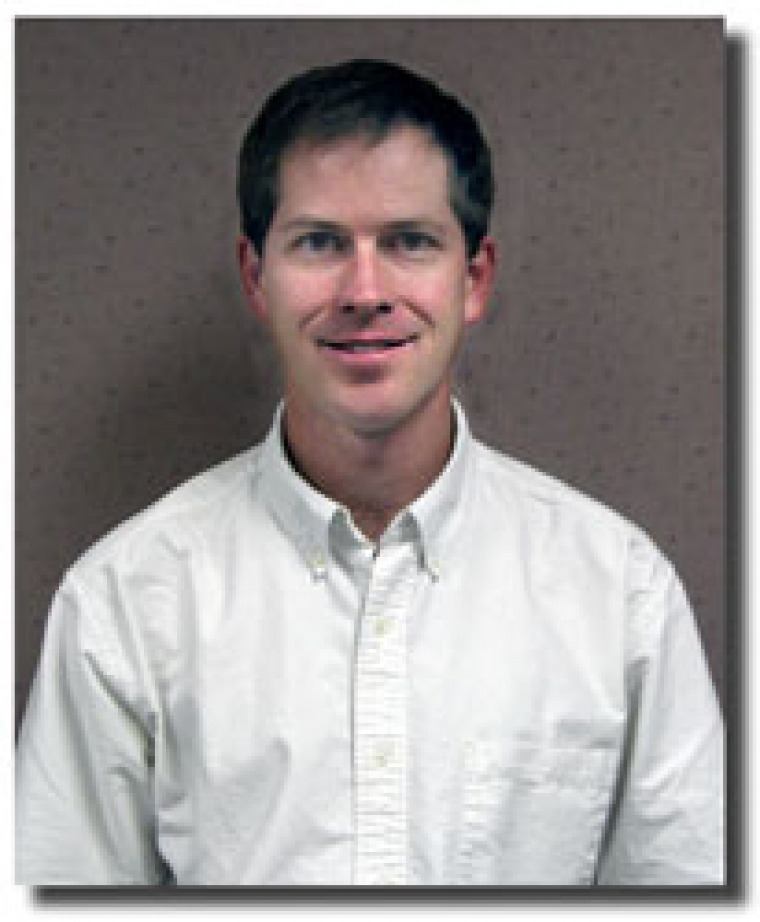
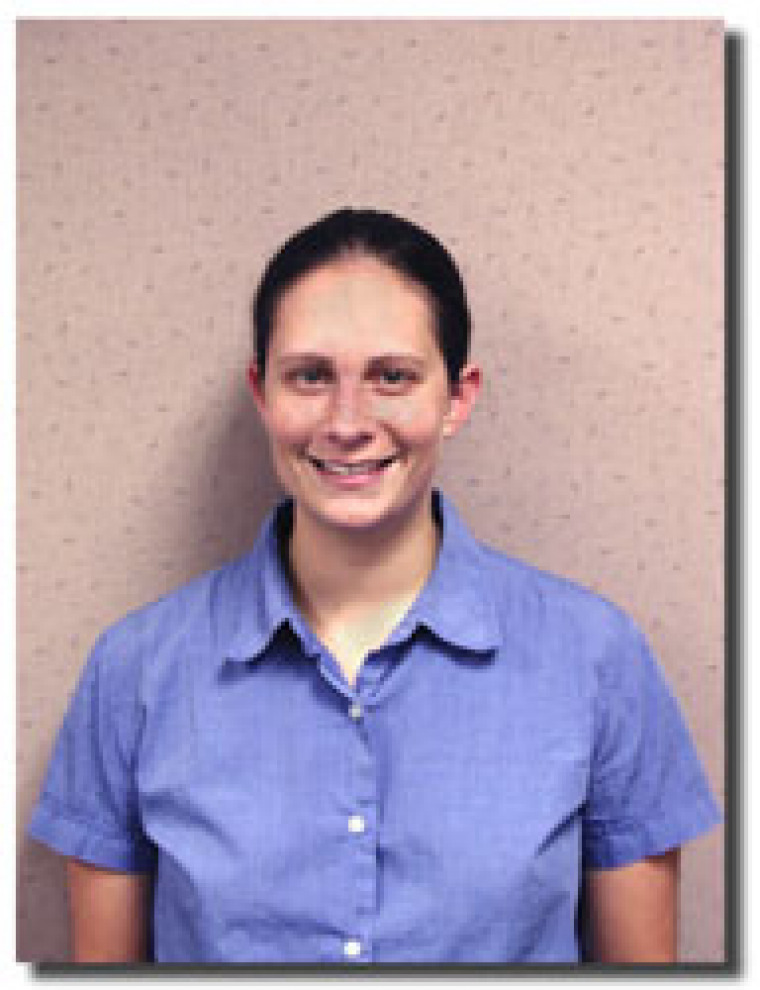
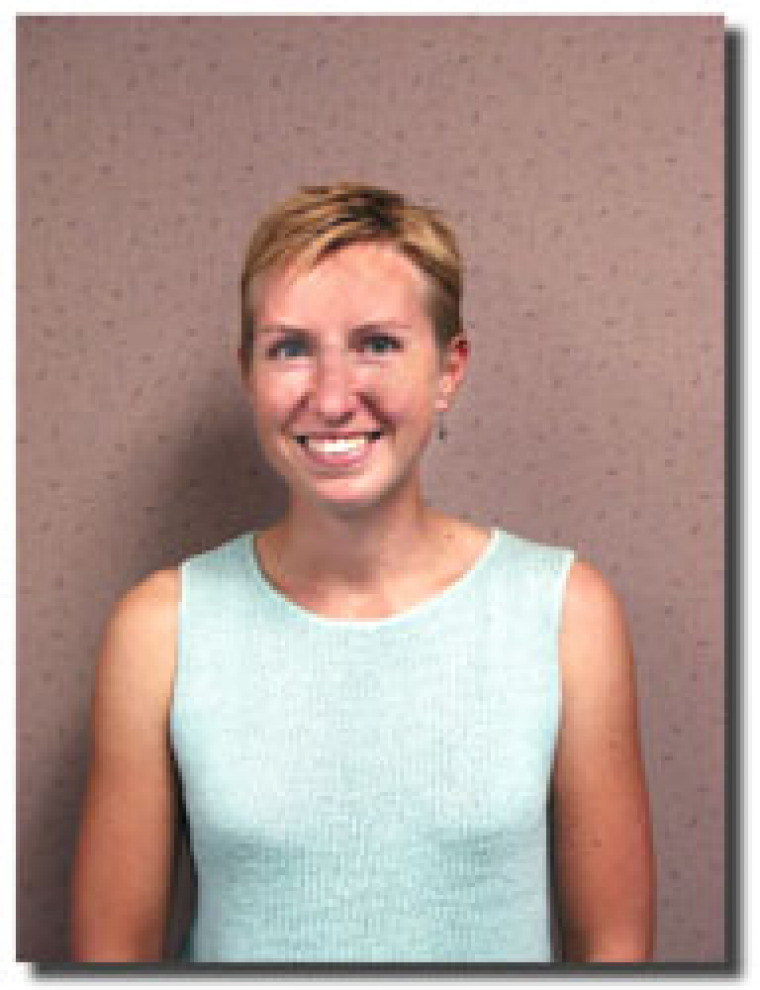
 Working with Dr. Barron Orr, University of Arizona Geospatial Extension Specialist and University of Arizona Cooperative Extension Agents across the state, I have developed a series of workshops on applying global positioning systems (GPS) and geographic information systems (GIS) technologies to weeds management. With the assistance of Dr. Orr and external grant monies, we were able to obtain ten handheld computers (Compaq iPAQs), ten Garmin V GPS units, and ten copies of HGIS, a GIS software package specific to the iPAQ units. These units serve as a wonderful traveling classroom resource.
Working with Dr. Barron Orr, University of Arizona Geospatial Extension Specialist and University of Arizona Cooperative Extension Agents across the state, I have developed a series of workshops on applying global positioning systems (GPS) and geographic information systems (GIS) technologies to weeds management. With the assistance of Dr. Orr and external grant monies, we were able to obtain ten handheld computers (Compaq iPAQs), ten Garmin V GPS units, and ten copies of HGIS, a GIS software package specific to the iPAQ units. These units serve as a wonderful traveling classroom resource.